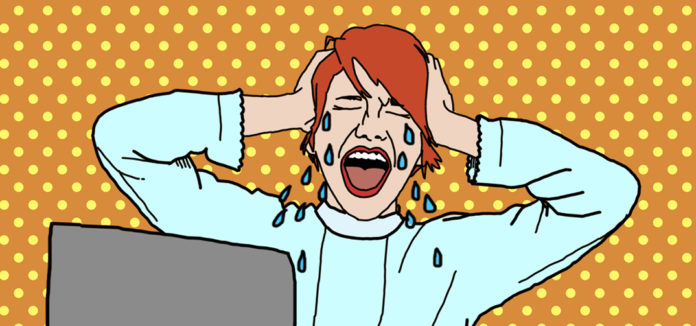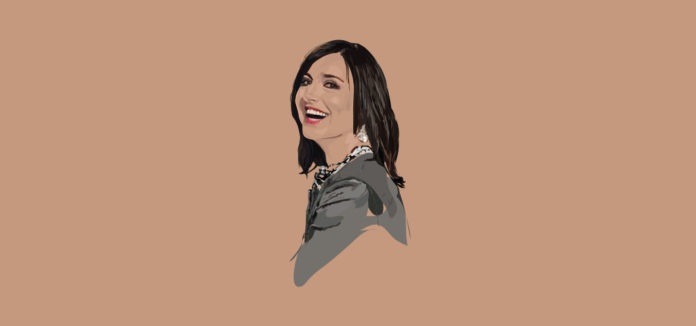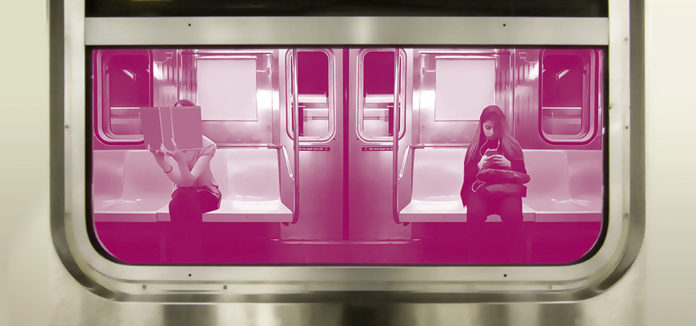I recently asked a friend who has been married for over 45 years what the secret was to their enduring bond. “It’s simple,” she explained. “Letting go of being right all the time.”
“I thought I had all the answers. I bickered with my husband about the silliest little things, just to prove my point,” she chuckled to herself and shook her head. “One day, my exasperated husband said to me, ‘You are like a dog with a bone. But do you know what happens to the dog when it gets the bone? He buries it. And then he is alone.’”
My friend knew at that point she needed to change. And she did. “And you know what? It was liberating. What a relief it is to let things go and not to have to have the last word. Best of all, when you let go of the need to be right, you listen more and sometimes end up learning something.”
Letting go of the need to be right has benefits beyond personal relationships. I know this first hand. When I finished training to be become a psychiatrist, I confess I was a bit of a know-it-all. Just by seeing how a patient wrote their name (a heart instead of dot above the “i” suggested the patient had a personality disorder; tiny handwriting suggested Parkinson’s disease) or by reading the triage sheet, I could formulate a diagnosis and treatment plan.
I was also convinced I knew how the patient would do over the long term. My favorite line was, “I know the end of this movie.”
A little while ago I bumped into a patient I had met several years ago. Back then, he was a chronic alcoholic and had not been drug- or alcohol-free for more than a few days in over a year. I was convinced there was no hope. When I saw him again, he was a changed man — sober for two years, employed full time and engaged to be married.
“How did you do it?” I asked.
“People change,” he replied with a shrug.
Being wrong never felt so good. When we are so convinced we are right, we fail to see other possibilities or to appreciate endings. As a hedge fund manager explained to me, “There is a thin line between arrogance and confidence…It’s called humility.”
I wish you all the best,
Dr. Samantha Boardman








